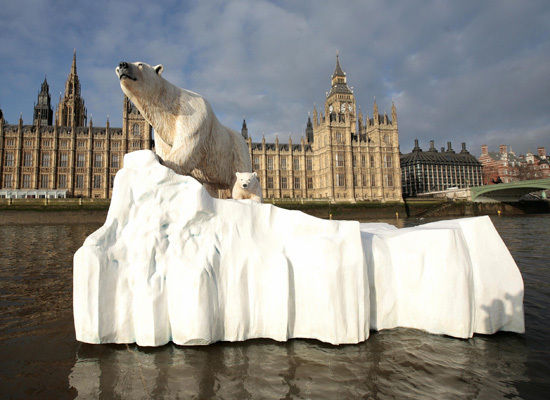The threats posed to Earth by a changing climate are real and far reaching.
So you would think it would be easy to tell people about the problems we face, what part they can play in helping the planet to adjust and then stand back and watch them take action. If things were only that simple.
The recent Copenhagen Conference showed even governments armed with the latest, most compelling data cannot agree on what should be done. So what hope is there in convincing Earth's six billion people to act for the common good.
Last month Columbia University's Centre for Research on Environmental Decisions released the Psychology of Climate Change Communications report. Meant for use by governments, scientists and environmental groups, it provides a framework to recognise the barriers to communicating climate change and recommends strategies and tools to convince people to act. These include:
- Know your audience and appreciate their current level of knowledge about climate change. If there are misconceptions in their mental frameworks, replace these with facts and fresh information.
- Get your audience's attention. Frame information in a manner that is comfortable for them and talk about the here and now rather than some abstract, imperilling future. People tend to discount environmental (and financial) consequences with every year they are delayed so add immediacy to the conversation and talk about the present.
- Put the dire global situation into a local context and bring the message close to home. Most often local leads because people show more concern with events in their neighbourhood than in far-off places. Tap into the desire people have of avoiding losing something and make them aware of the potential for current (as well as future) losses if we fail to act.
- Translate scientific data into concrete experiences, avoid using technical jargon and rely on simple language. The goal for scientists should be to help their fellow citizens to quickly absorb information rather than spend time trying to decipher vocabulary. Sure there is a place for charts, graphs and carefully worded text but these work far better when supported by vivid imagery, film, real world examples, personal case studies and simple analogies.
- Avoid overusing emotional appeals. Continually trying to scare people into action strains our finite capacity to worry about things. Our minds concentrate on what concerns us right now and too much long term fear can lead to emotional numbing.
- Acknowledge the uncertainties surrounding climate change. People will understand incomplete information better in a group where they have a chance to discuss it rather than as individuals trying to understand an issue alone.
- Tap into social affiliations. Appeal to the various roles a person plays (parent, farmer etc). Focus communications on the small group rather than the larger body and use local messengers who are more likely to be listened to than some distant authority.
- Encourage participation because people are more likely to act if they have had a part in shaping an action.
- Make it easy to take action. Give people simple things they can do in the first place that can build into a more extensive program. Offer incentives and default options individuals can easily accept.
The Pyschology of Climate Change Communications is a must read for those involved in environmental issues, community relations and critical social behavioural issues.


No comments:
Post a Comment